Today we continue exploring the architecture of India, started previously in parts 1, 2, 3.
The architecture of India is rooted in its history, culture, and religion, among other influences. The British Colonial era, Art Deco movement, Assam-type houses, and the architectural impacts of other colonial powers have each contributed uniquely to the diverse architectural landscape of India. Let’s explore these styles and their significance:
British Colonial Era
The British Colonial architecture in India is characterized by the fusion of British and Indian architectural styles, resulting in unique hybrids that are neither entirely Western nor entirely Indian. This era saw the construction of monumental buildings, such as government buildings, churches, and forts that were designed to assert British authority. Key features include large compounds, symmetrical layouts, pillared verandas, and extensive use of local materials. Iconic examples include the Victoria Memorial in Kolkata, the Gateway of India in Mumbai, and the Rashtrapati Bhavan in New Delhi.
Art Deco
Art Deco in India represents a period of transition from colonial to modern architecture, most notably in the 1930s and 1940s. Mumbai, in particular, has a rich collection of Art Deco buildings, second only to Miami. These buildings are characterized by their streamlined appearance, geometric shapes, vibrant colors, and decorative motifs that incorporate Indian themes. Marine Drive and Oval Maidan in Mumbai are famous for their Art Deco buildings, showcasing elegant facades, curved corners, balconies, and stylized decorative elements.
Assam-type Architecture
Assam-type architecture is indigenous to the Assam region, designed to be earthquake-resistant due to the area’s seismic activity. These buildings are typically made of wood and bamboo, with steeply pitched roofs covered with local tiles or thatch. This style is characterized by its lightweight and flexible construction, allowing it to absorb seismic shocks. It has been widely used for residential buildings, schools, and other structures throughout the region.
Other Colonial Powers
Other European colonial powers, such as the Portuguese, Dutch, French, and Danes, have also left their architectural imprint on India. Each brought their own styles, adapted to local conditions and materials.
- Portuguese: Their architecture is evident in parts of Goa, with white-washed churches, forts, and distinctive homes featuring tiled roofs, oyster shell windows, and verandas.
- Dutch: Dutch influence is seen in Kochi and other parts of Kerala, with solid, practical buildings and homes.
- French: French colonial architecture is best represented in Pondicherry, where streets are lined with charming villas, government buildings, and churches that reflect a distinct French aesthetic, combining European and Indian elements.
- Danish: The Danish legacy can be seen in Tranquebar (Tharangambadi) in Tamil Nadu, with forts, churches, and colonial houses showcasing Scandinavian architectural elements.
Art Deco Style apartments on Marine Drive
Mumbai
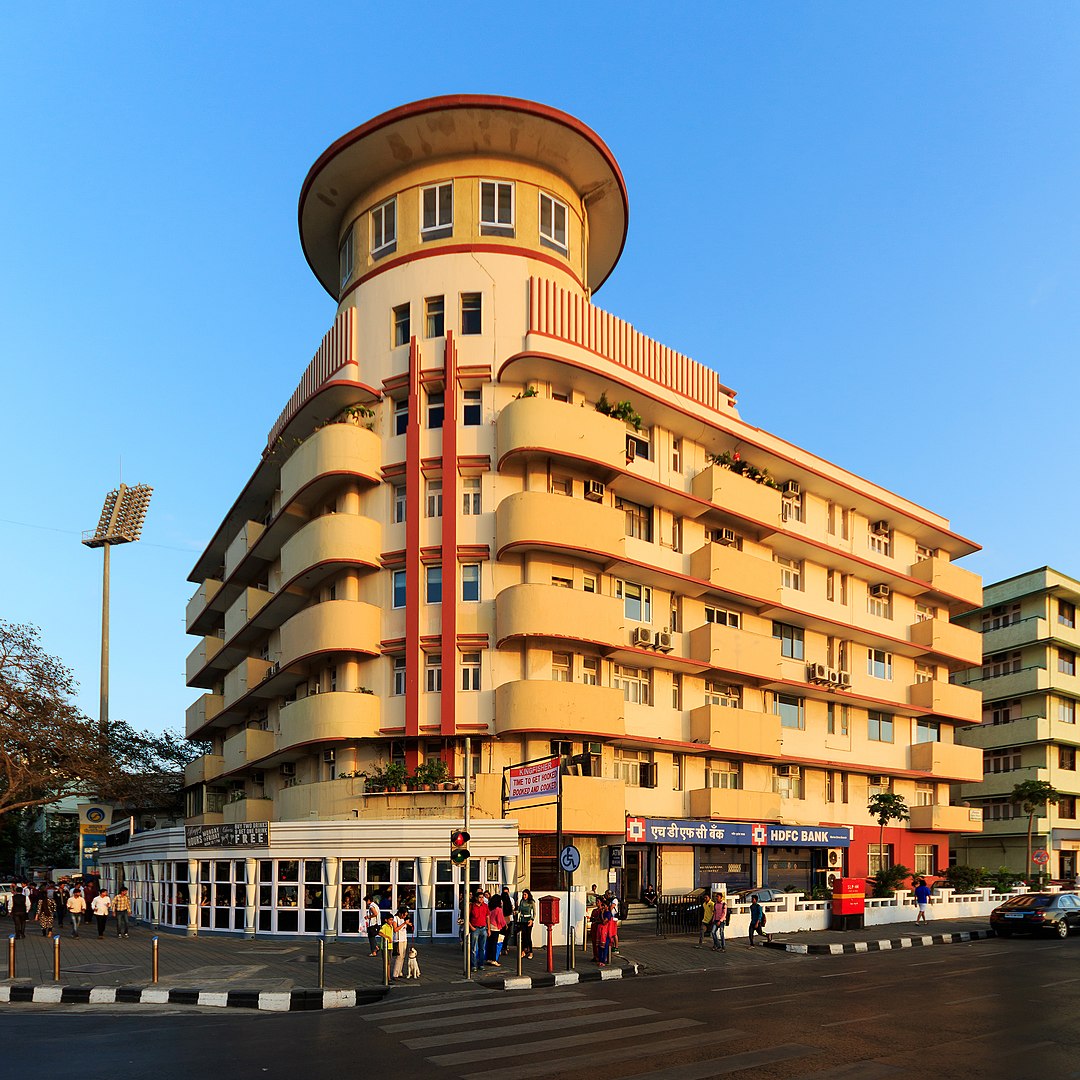
Church of St Francis of Assissi Reminisce of Portuguese India
Goa
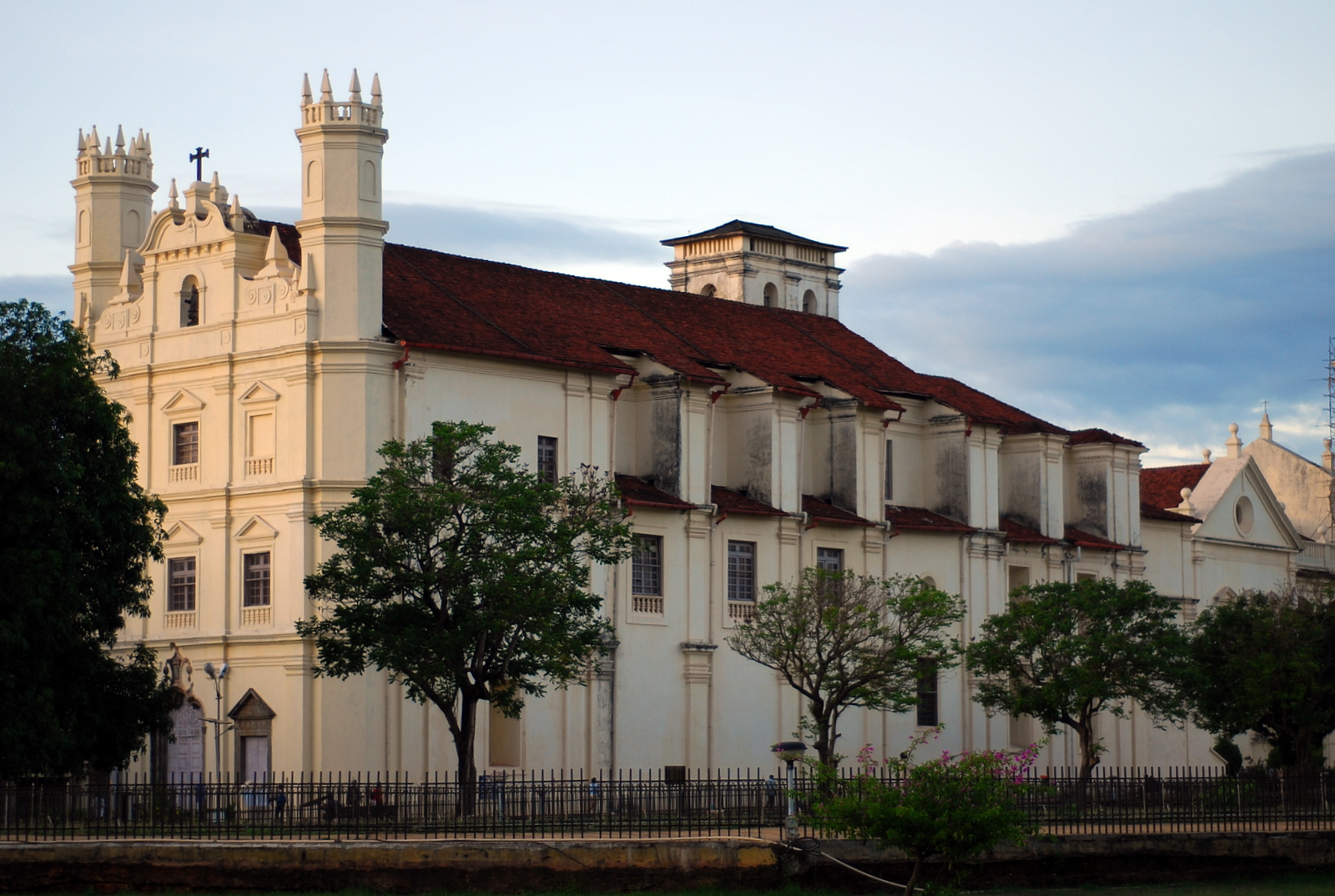
Eros Cinema
Mumbai
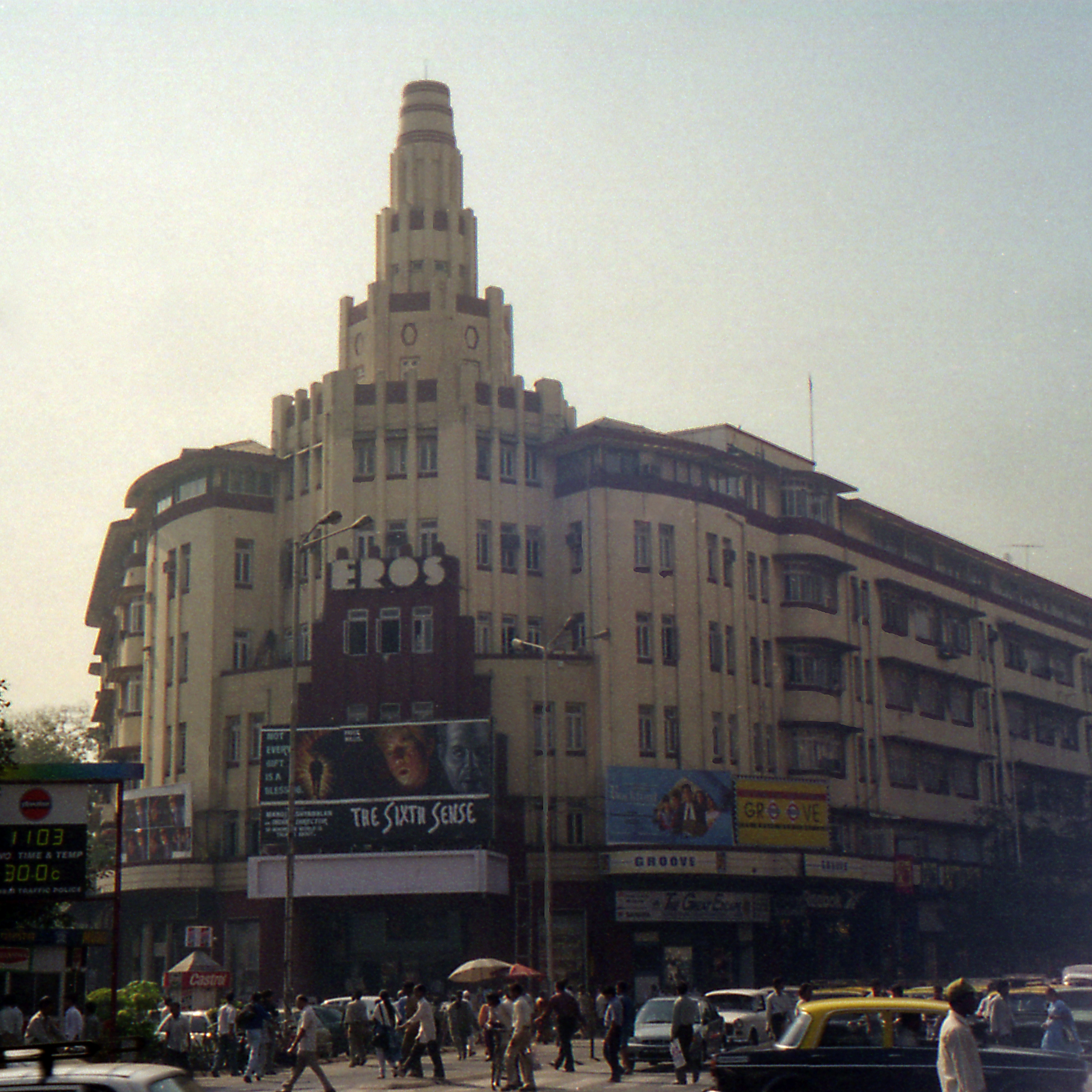
Esplanade Mansions
Kolkata

Falakuma Palace
Hyderabad
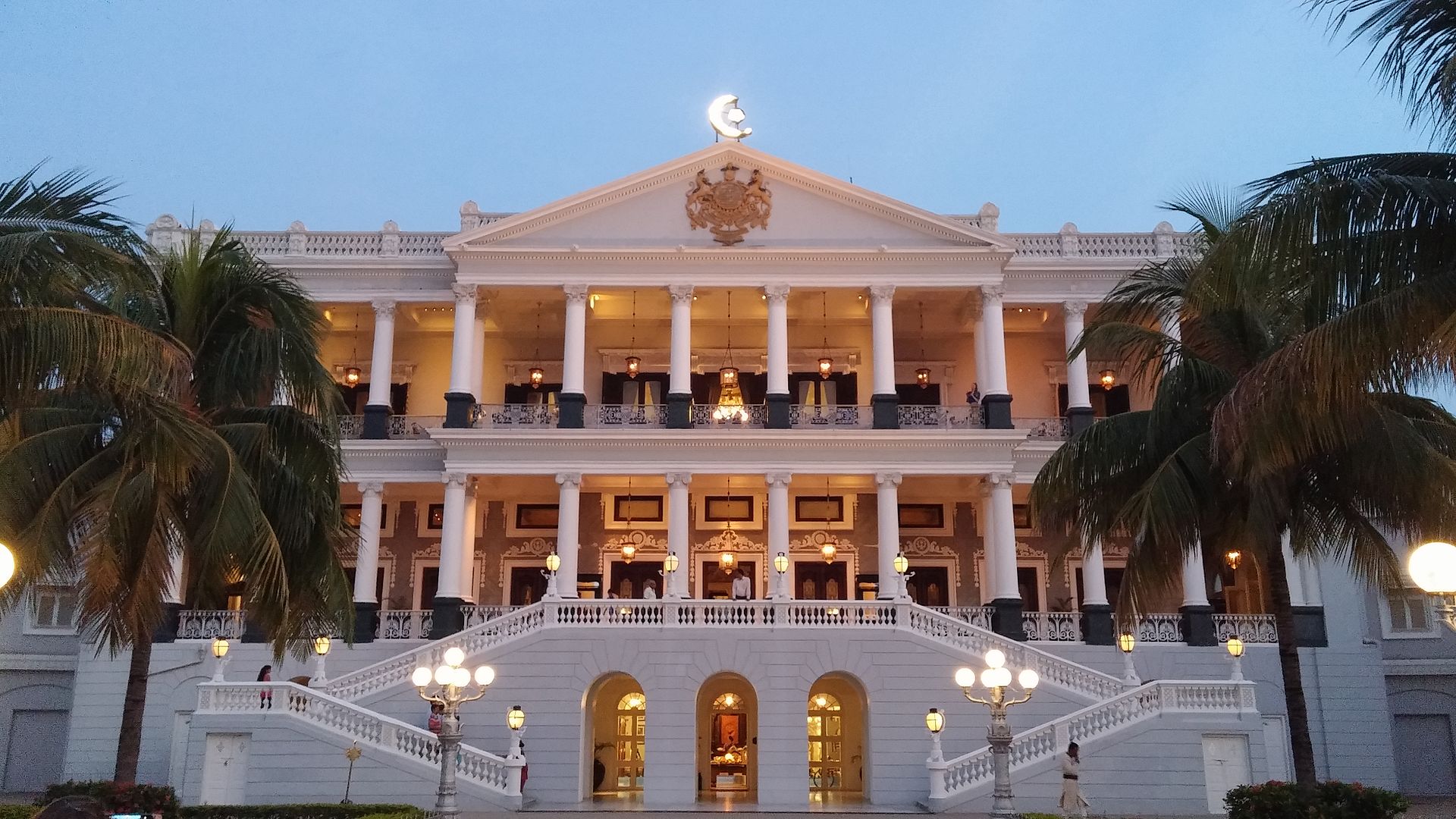
Fort Dansborg Danish India
Tharangambadi, Tamil
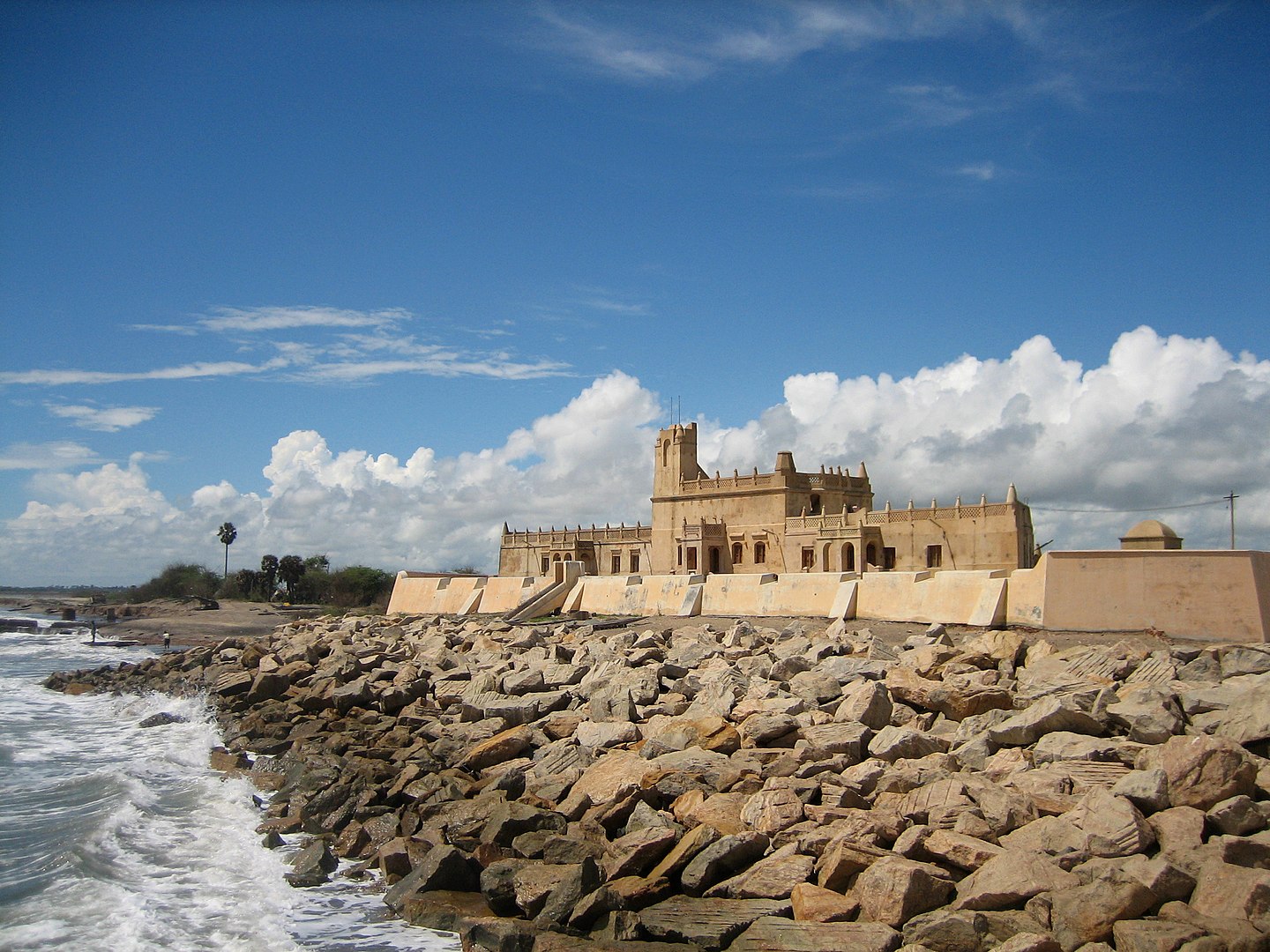
French Quarter Pondicherry the city became the Chief French settlement in India
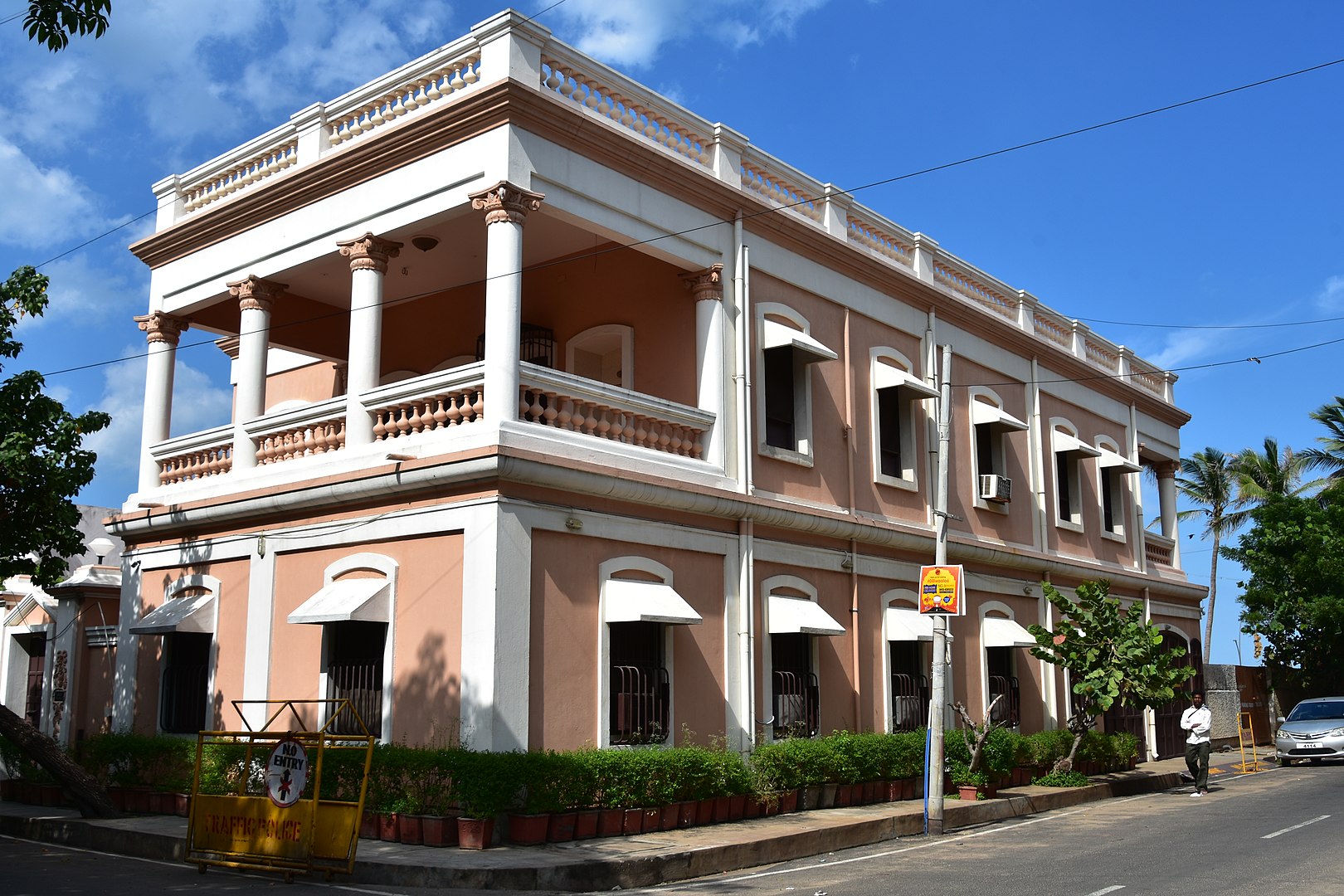
Gaine Casle at Dhanyakuria
West Bengal
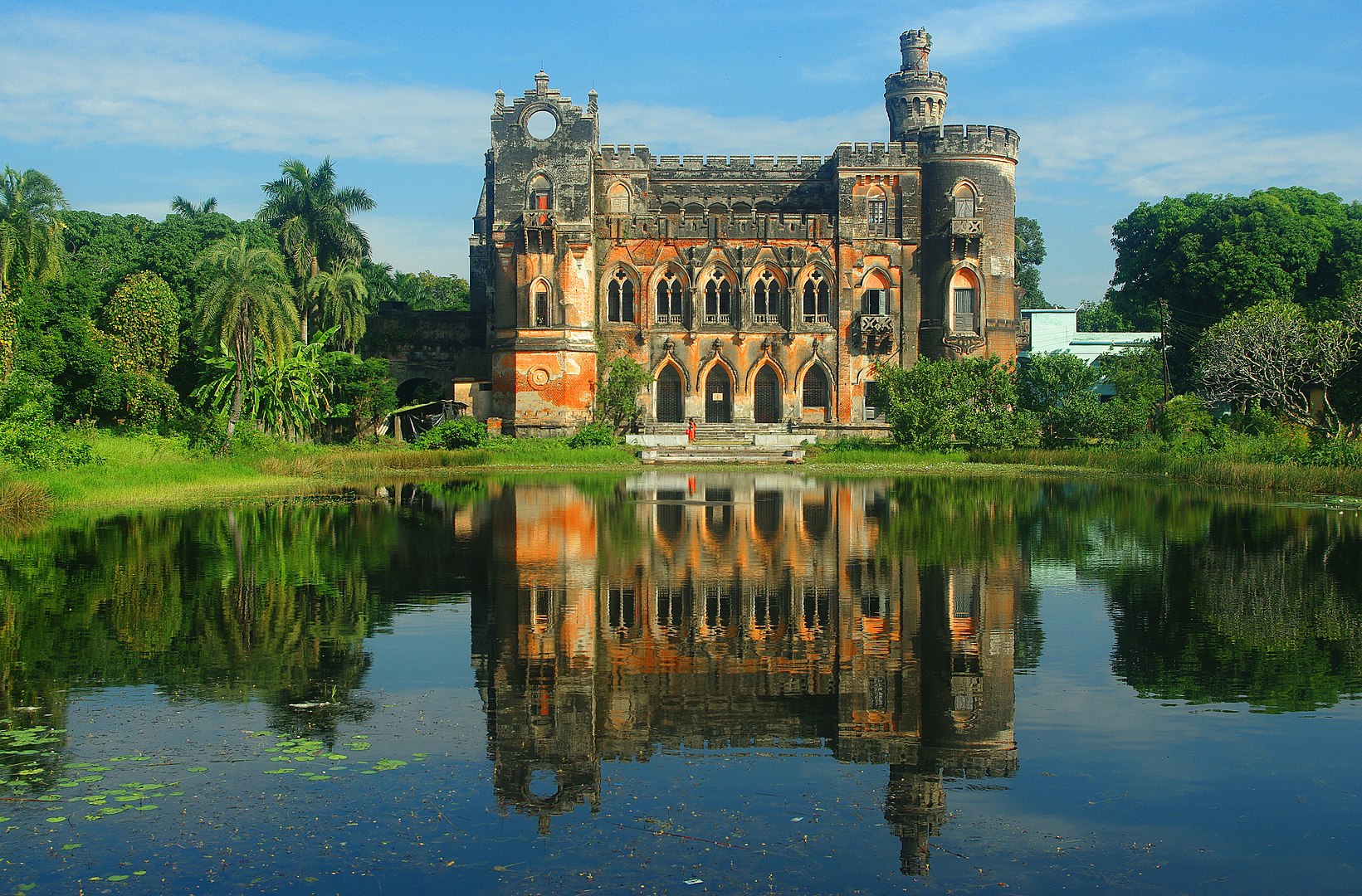
Madras High Court Buildings Indo
Saracenic Architecture
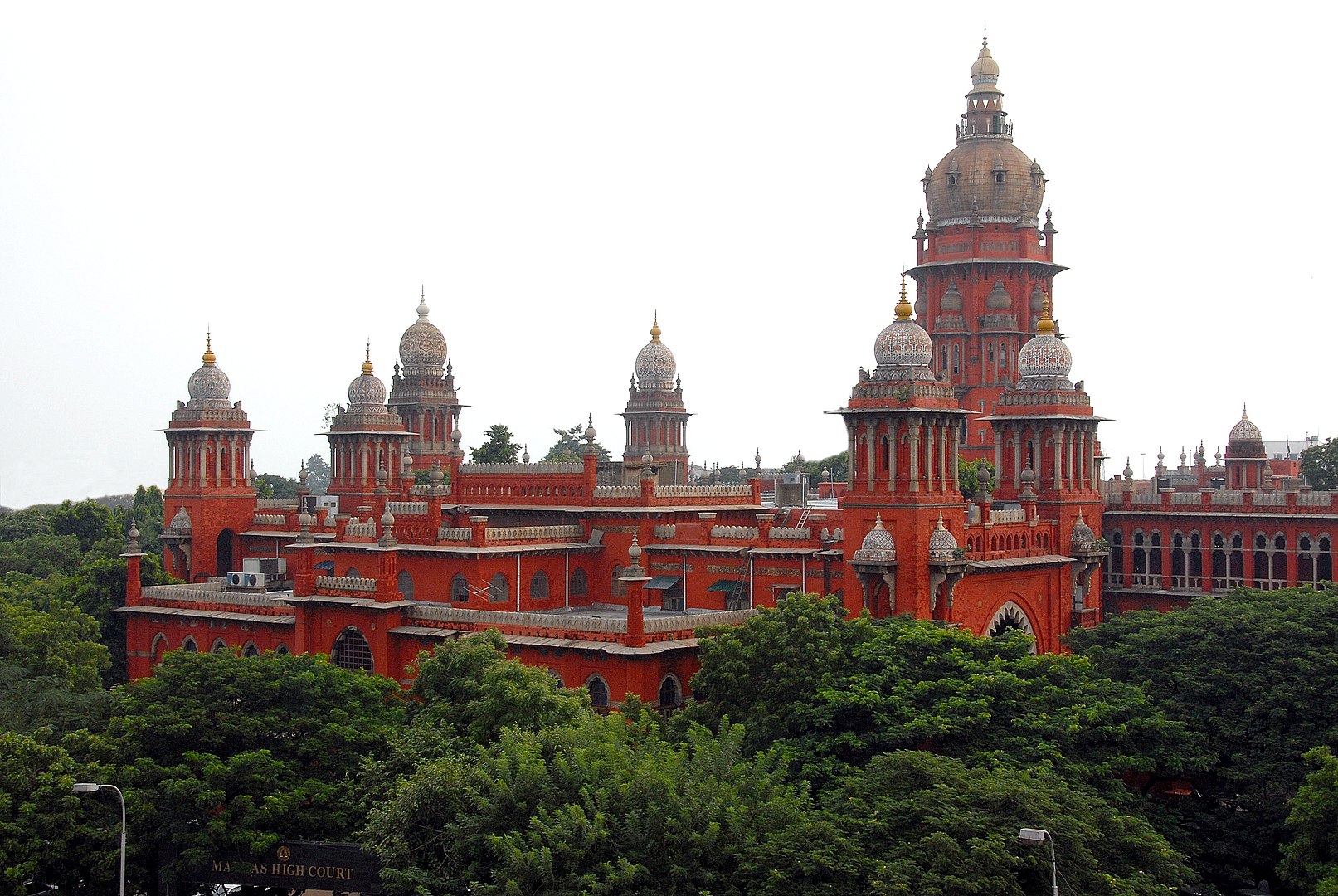
Mumbai University
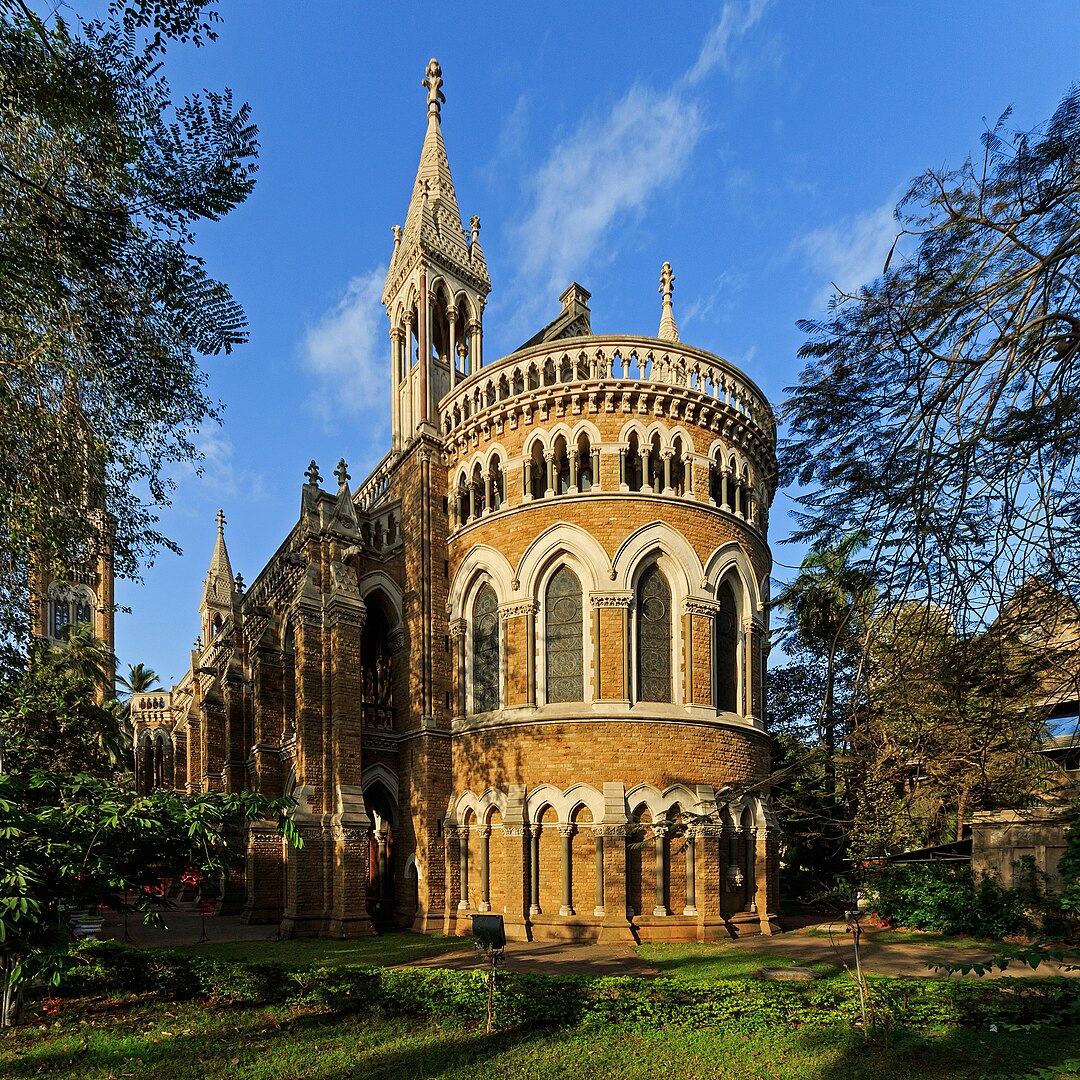
National Library of India
Kolkata
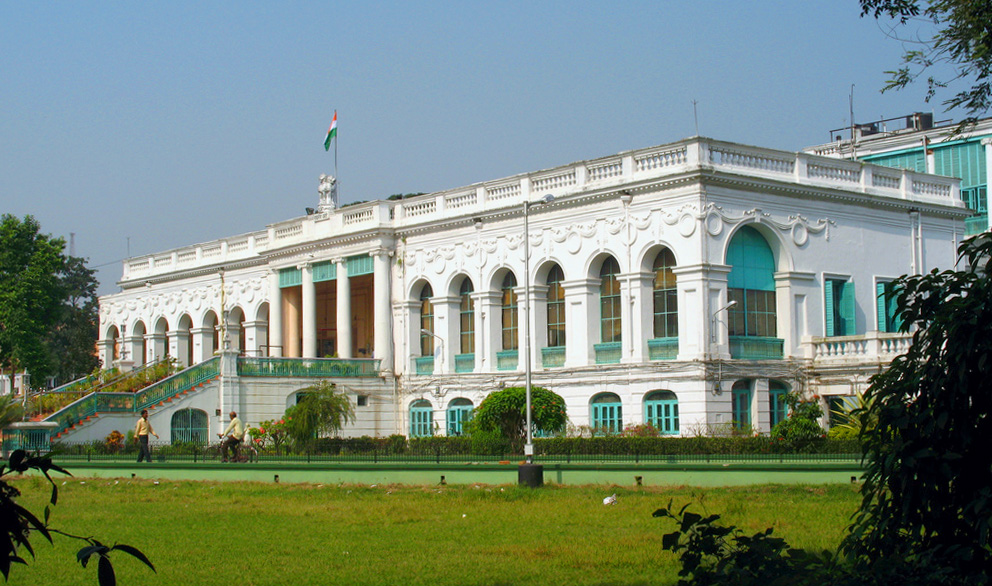
Parry’s Corner
Chennai
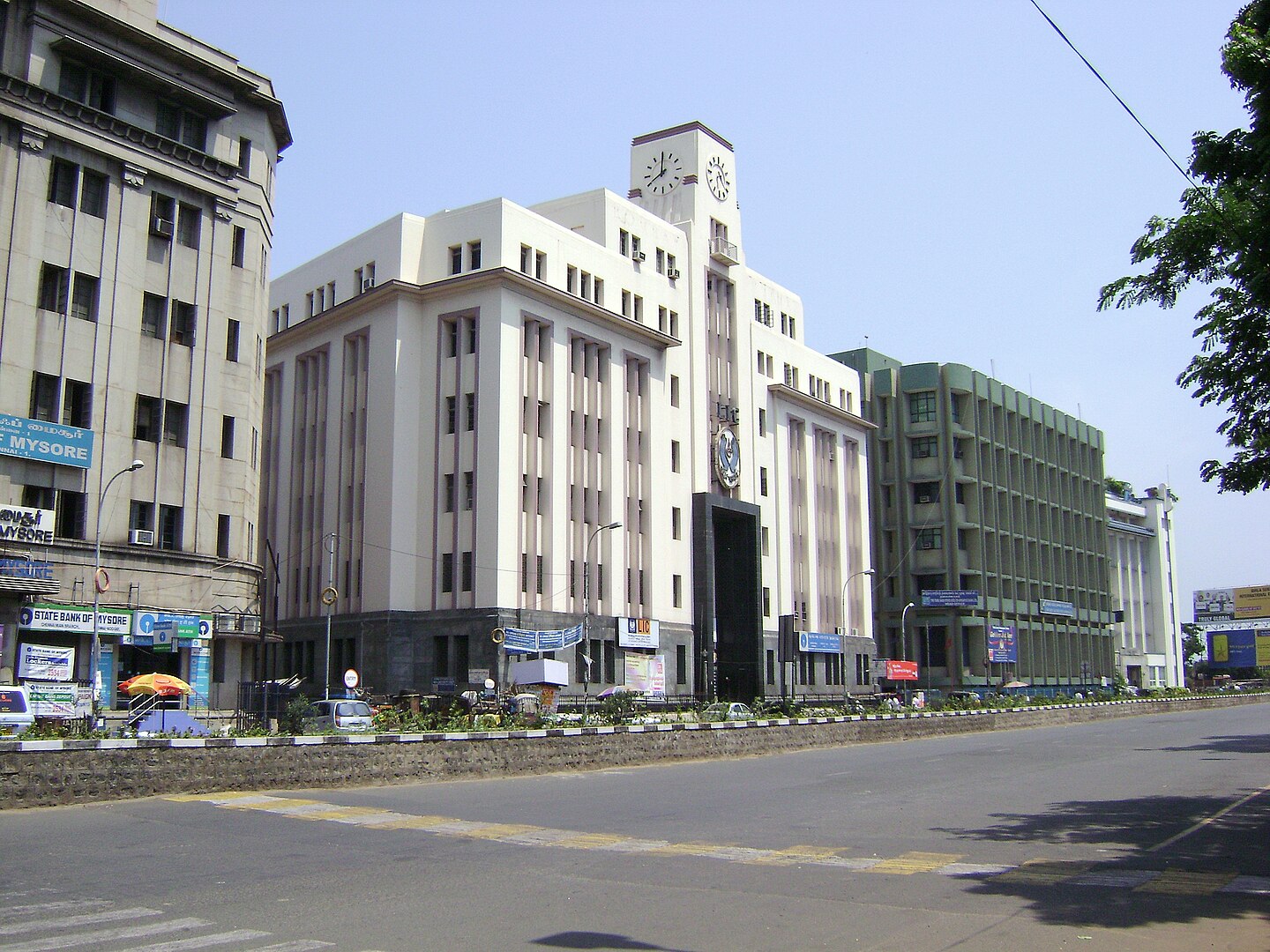
Samriddhi Bhavan High Court Secretariat on River Hooghly
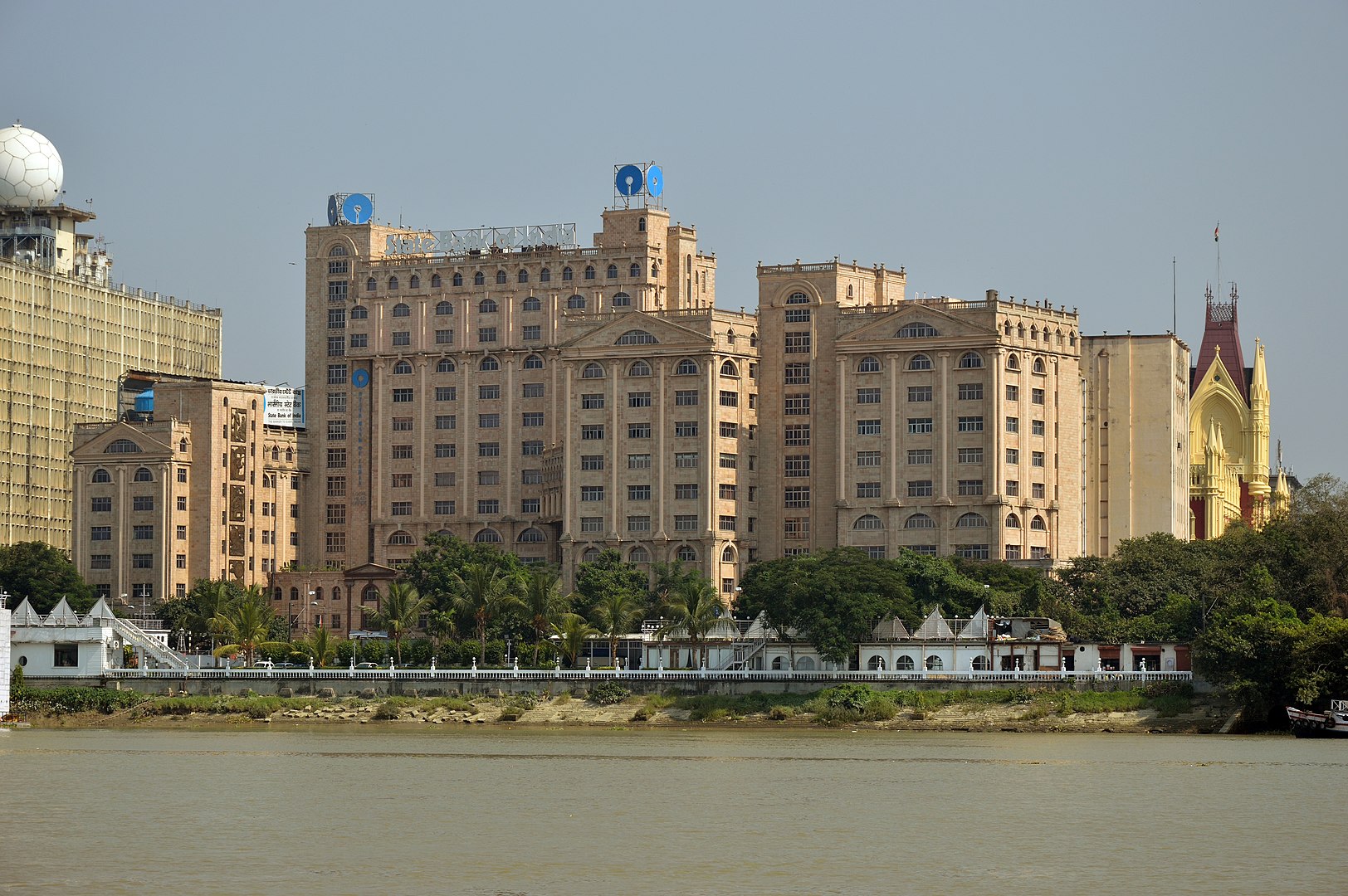
The Candannagar Strad Ghat Reminiscences of a French Colony Chandannagar
West Bengal
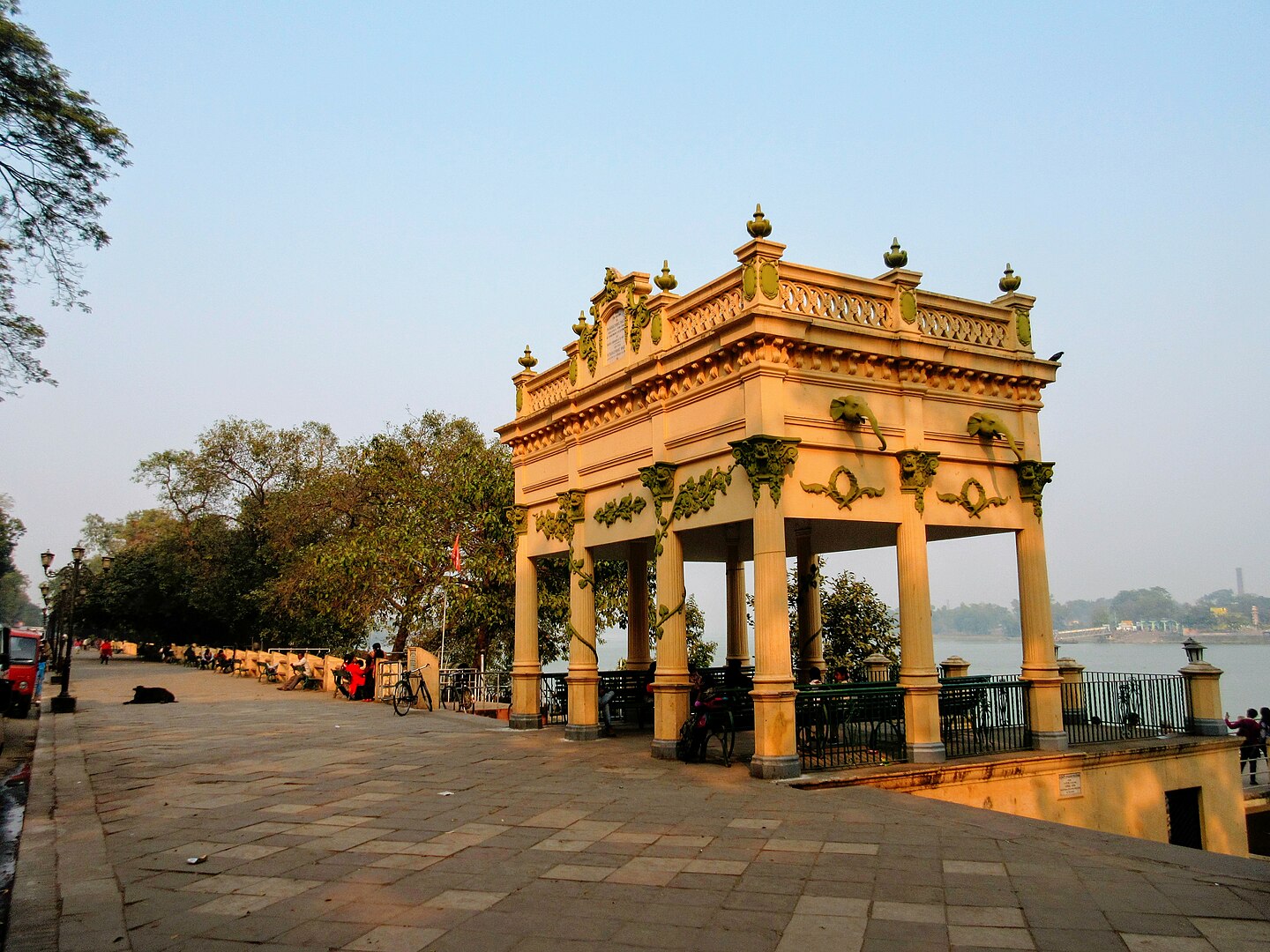 The Chhatrapati Shivaji Maharaj Terminus
Previously Victoria Terminus
Mumbai
Romanesque, Gothic, and Indian elements
The Chhatrapati Shivaji Maharaj Terminus
Previously Victoria Terminus
Mumbai
Romanesque, Gothic, and Indian elements
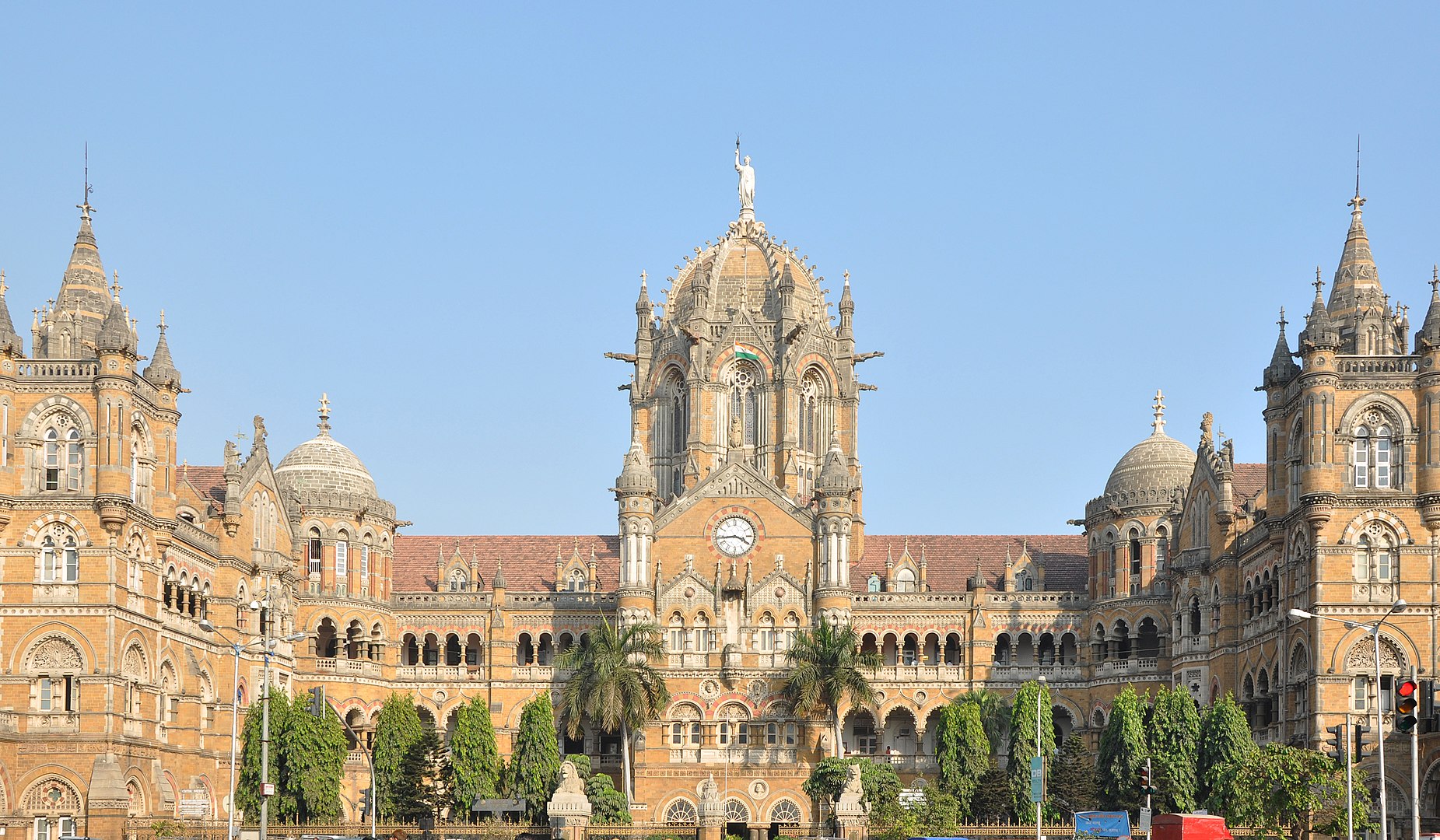 The council house built for the imperial legislative council
Now Sansad Bhawan Parliament of India
The council house built for the imperial legislative council
Now Sansad Bhawan Parliament of India
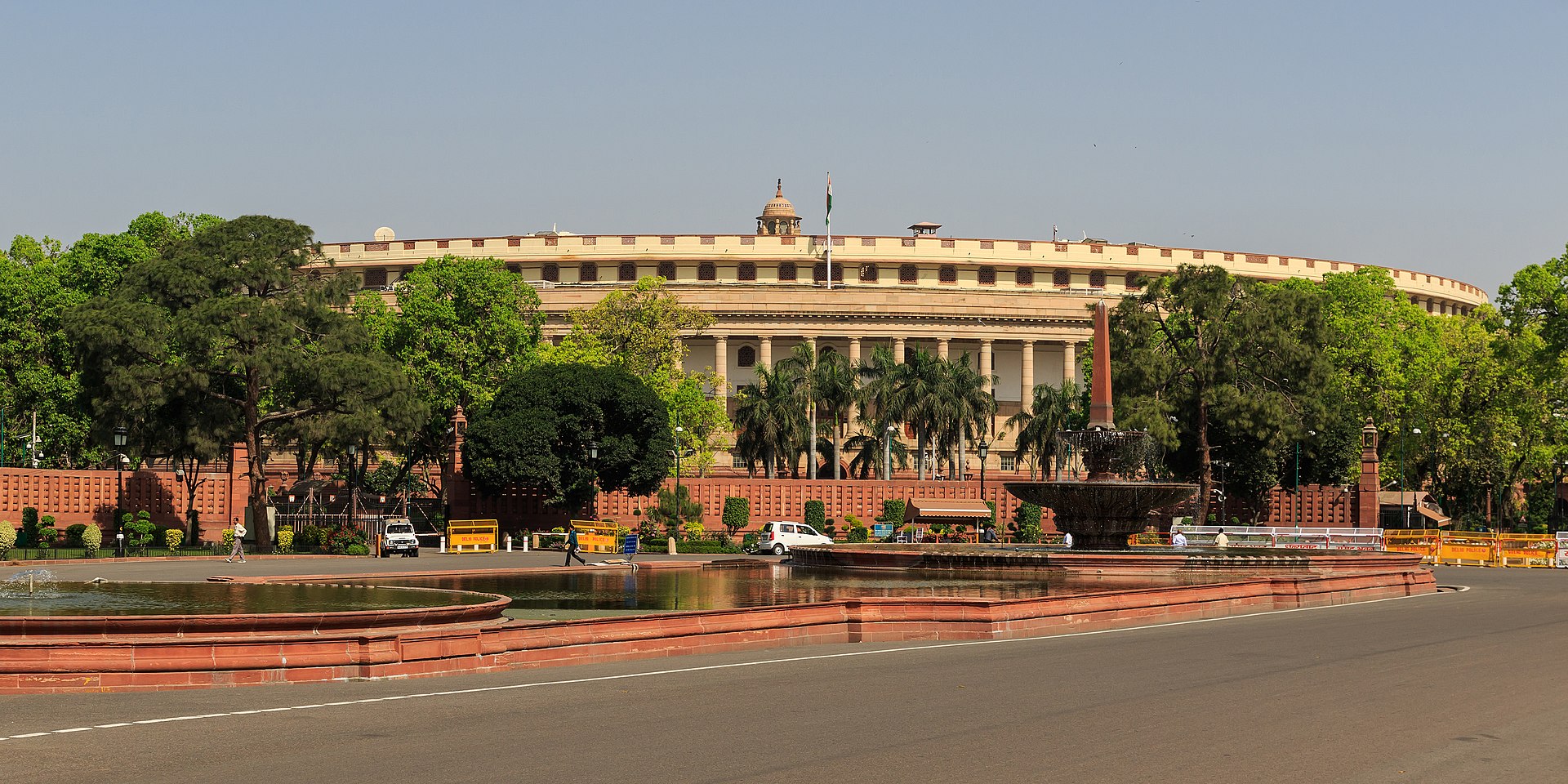 The secretariat building – in the North Block
The secretariat building – in the North Block
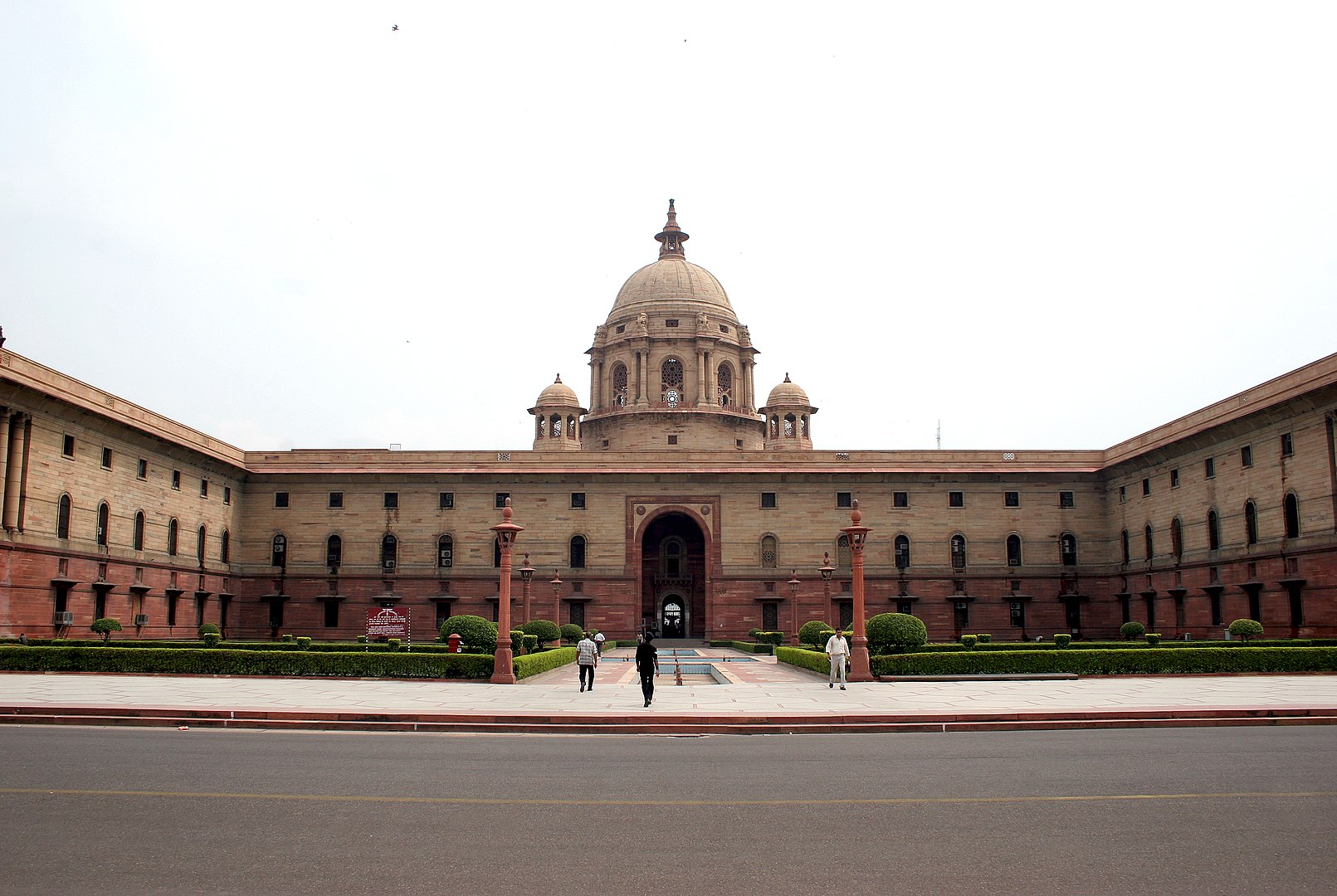 The Viceregal Lodge
Now Rashtrapati Niwas Shimla
Jacobethan Style
The Viceregal Lodge
Now Rashtrapati Niwas Shimla
Jacobethan Style
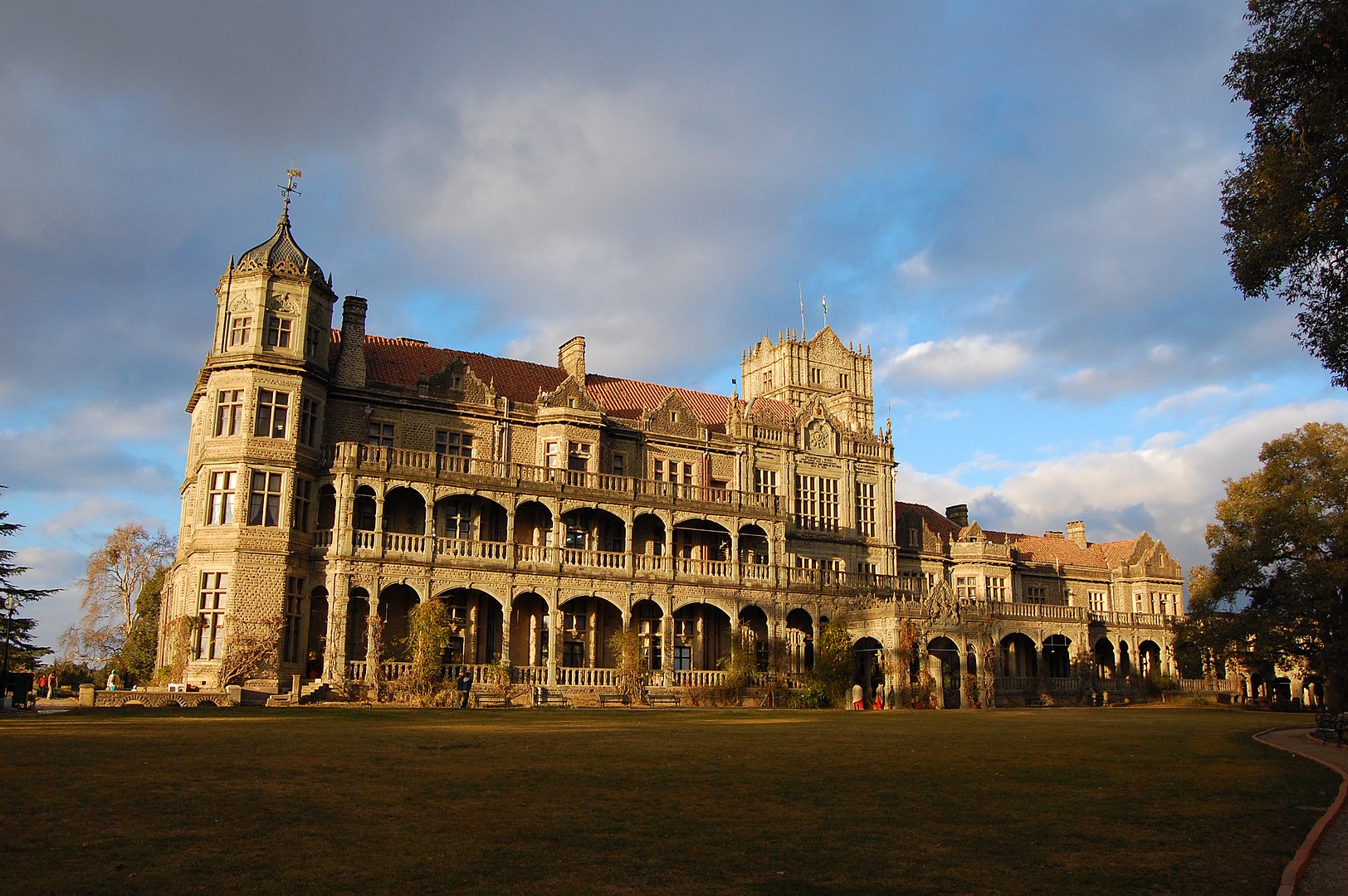 The Victoria Memorial
Calcutta
The Victoria Memorial
Calcutta
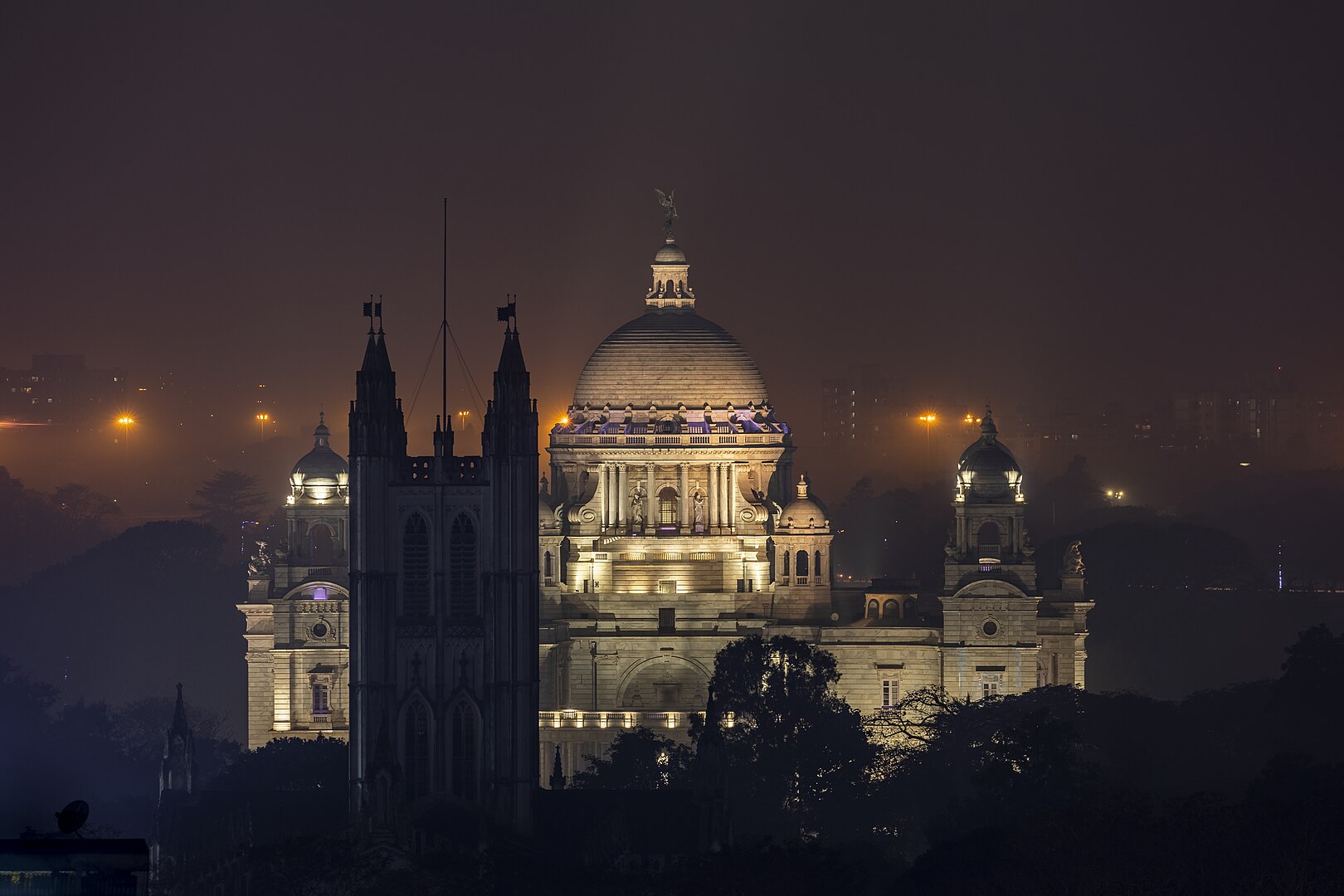 The War Memorial Arch
Now India Gate
Memorial to 70,000 soldiers
The War Memorial Arch
Now India Gate
Memorial to 70,000 soldiers
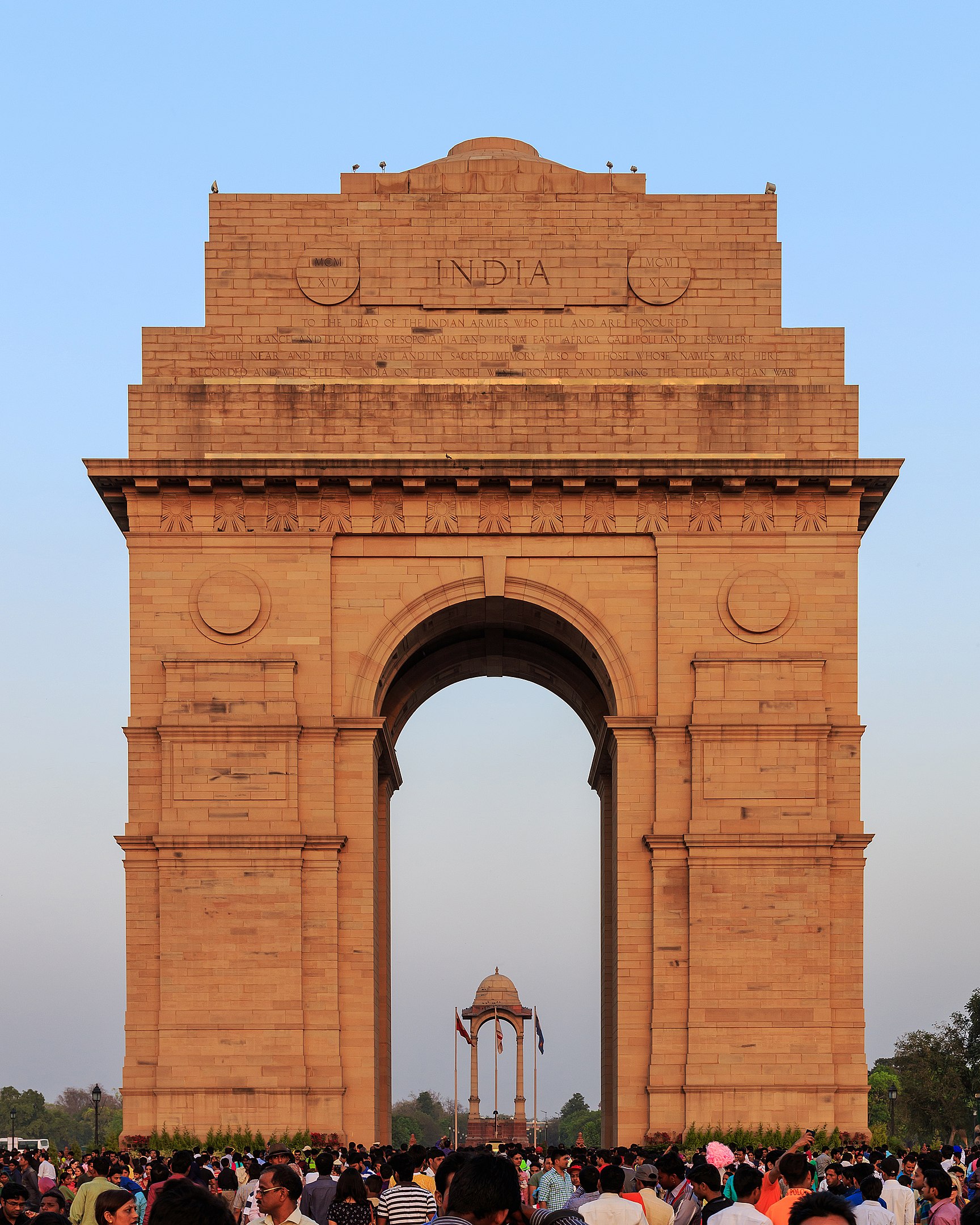 Tomb of Susanna Anna Maria Reminisces of Dutch India Chinsurah
West Bengal
Tomb of Susanna Anna Maria Reminisces of Dutch India Chinsurah
West Bengal
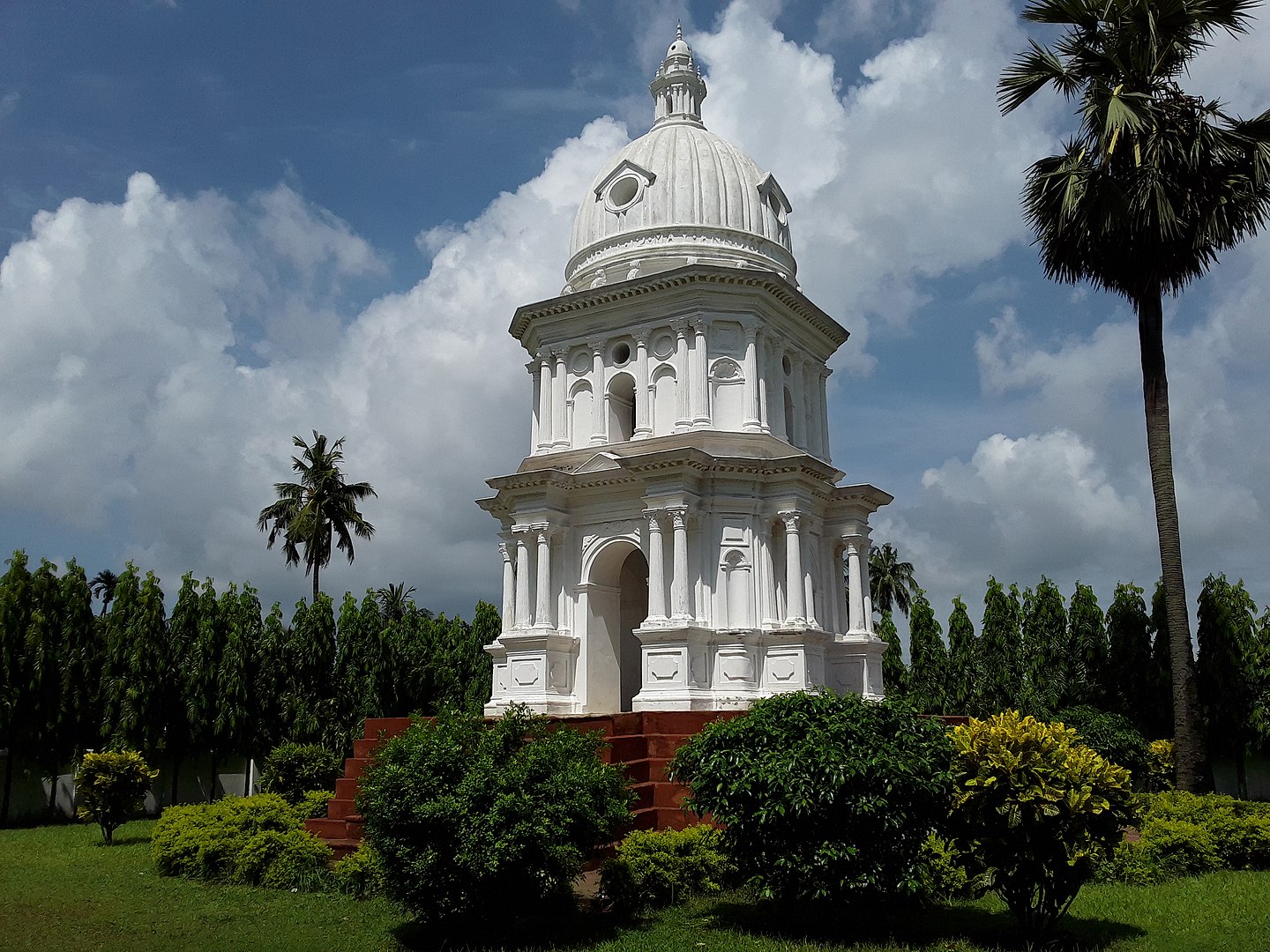 Viceroy’s House
Now Rashtrapati Bhavan
Now Official Residence of President of India
Viceroy’s House
Now Rashtrapati Bhavan
Now Official Residence of President of India
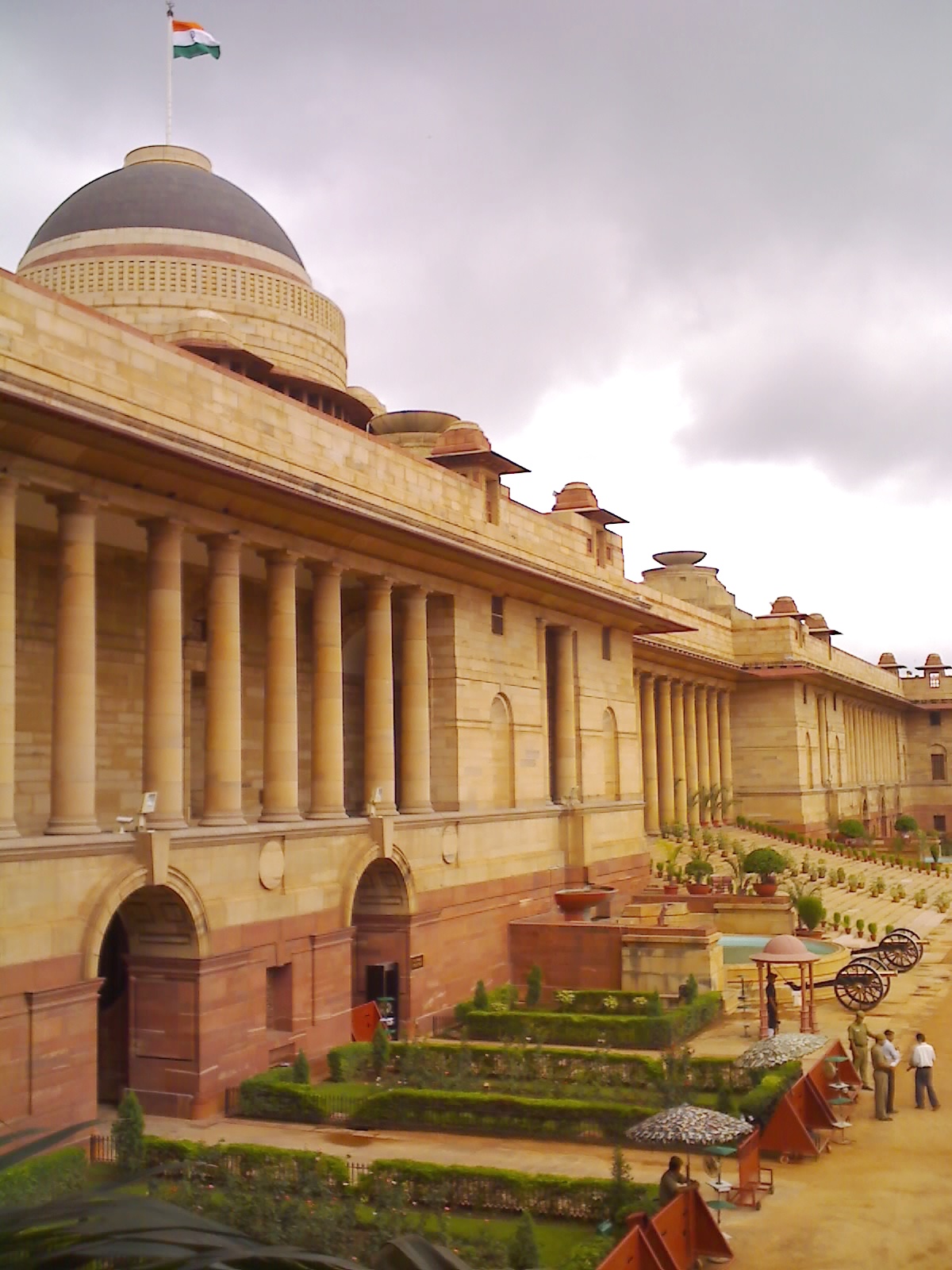 Indi
Indi
